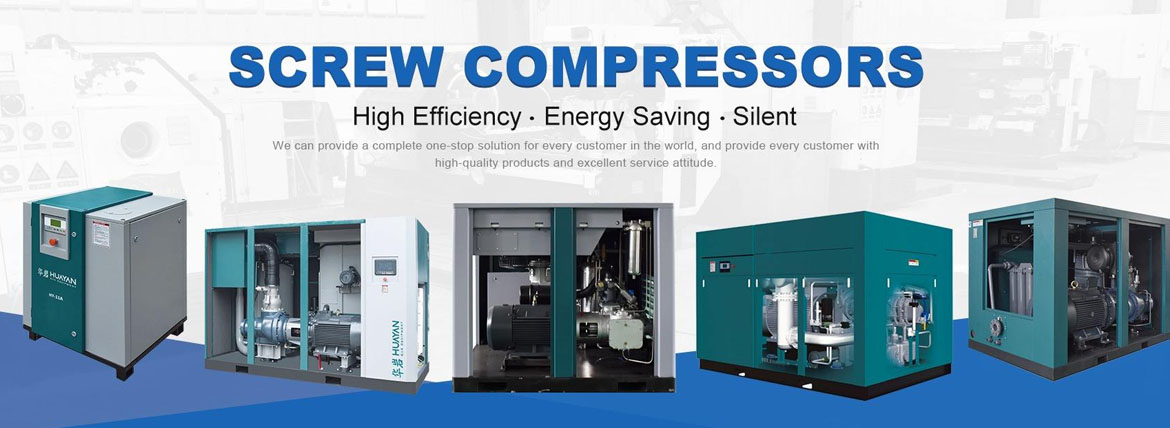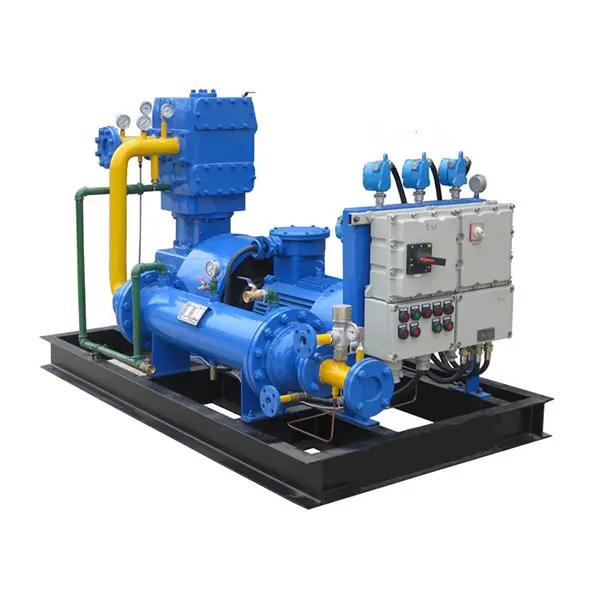
Natural Gas Compressor

The natural gas compressor, a pivotal component in the energy infrastructure, serves a critical role in extracting, processing, and transporting natural gas. Engineered with precision and advanced technologies, these compressors are designed to enhance various industrial processes’ efficiency, reliability, and safety.
From wellhead compression to the intricate demands of LNG facilities and extensive pipeline networks, natural gas compressors find applications across a spectrum of industries, contributing to the seamless flow and utilization of natural gas resources
Our Natural Gas Compressor is engineered for high efficiency and reliability in compressing natural gas for transportation, storage, and utilization in a variety of applications. It’s an indispensable tool in the energy sector, particularly for enhancing the effectiveness of natural gas distribution systems.
Key Features:
- High Compression Efficiency: Designed to achieve optimal compression rates, ensuring efficient handling of natural gas.
- Robust Construction: Built with high-quality materials to withstand the rigors of continuous operation and varying natural gas compositions.
- Safety Mechanisms: Equipped with advanced safety features to handle the flammable nature of natural gas, including leak detection and emergency shutdown systems.
- Versatile Pressure Ranges: Capable of operating across a wide range of pressures, suitable for both low-pressure distribution systems and high-pressure storage facilities.
- Energy-Efficient Operation: Optimized for low power consumption, reducing operational costs and environmental impact.
- Low Emission Levels: Designed to comply with stringent environmental regulations, minimizing emissions during operation.
Features & Characteristics:
Here are some potential features of a natural gas compressor:
- Compression Capacity: Natural gas compressors are designed to handle a specific volume of gas per unit of time. The compression capacity is a key feature that indicates the maximum amount of gas the compressor can handle.
- Pressure Ratio: This refers to the ratio of discharge pressure to suction pressure. Different applications may require different pressure ratios, and the compressor should be capable of achieving the required pressure levels.
- Efficiency: A good natural gas compressor will be designed for high efficiency to minimize energy consumption and operating costs. Efficiency is often expressed as a percentage and measures how well the compressor converts power into compressed gas.
- Drive Mechanism: Electric motors, gas engines, or turbines can drive natural gas compressors. The choice of the drive mechanism depends on factors such as the availability of power sources and the application’s specific requirements.
- Cooling System: Compressing gas generates heat, and an effective cooling system is essential to maintain the compressor’s operating temperature. This could involve air or water cooling systems.
- Materials and Construction: Compressors are often exposed to harsh operating conditions. Quality materials and robust construction are crucial for durability and long-term performance, especially in environments with corrosive gases.
Customization Options: Tailored solutions are available to meet the specific requirements of different projects, including customization in capacity, pressure settings, and physical configurations.
Maintenance and Support: Comprehensive maintenance services and support ensure uninterrupted operation, with a focus on long-term reliability and performance.
Eco-Friendly Impact: By facilitating the efficient use and transport of natural gas, our compressor supports cleaner energy initiatives and reduces dependence on more polluting fossil fuels.
Applications:
- Natural Gas Processing Plants: Natural gas often arrives at relatively low pressures from production wells in processing plants. Compressors increase the pressure, making it suitable for further processing. This can include removing impurities, separating liquids, and adjusting the temperature before transportation.
- Pipeline Transmission: Natural gas pipelines span long distances, and friction and elevation changes can cause a pressure drop. Compressors strategically placed along the pipeline route help maintain the pressure, ensuring a continuous and efficient flow of natural gas to its destination.
- Storage Facilities: During periods of low demand, excess natural gas is often compressed and injected into underground storage facilities such as depleted gas reservoirs or salt caverns. When demand rises, this stored gas is depressurized and supplied to the market.
- LNG (Liquefied Natural Gas) Facilities: Natural gas is compressed before liquefaction. Compressors increase the gas pressure, which is cooled and condensed into a liquid state for easier and more economical transportation. Regasification terminals use compressors to convert LNG back into a gaseous form for distribution at the destination.
- Wellhead Compression: In some cases, natural gas wells produce gas at a pressure that is insufficient for pipeline transportation. Wellhead compressors are installed directly at the well site to boost the pressure, allowing the gas to flow efficiently through the gathering system and into pipelines.

